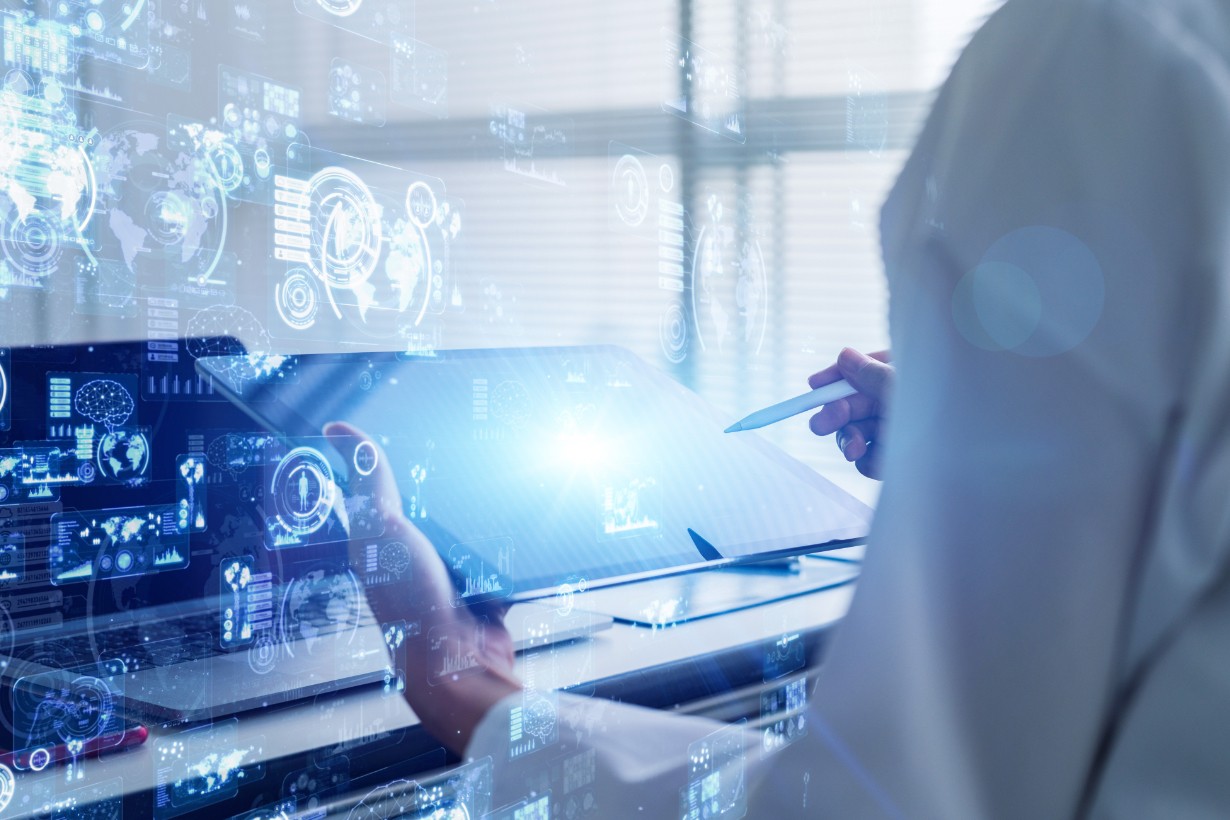CLOSE
About Elements
田中贵金属是贵金属领域的翘楚企业。
支撑社会发展的先进素材和解决方案、
创造了这些的开发故事、技术人员们的心声、以及经营理念和愿景——
Elements是以“探求贵金属的极致”为标语,
为促进实现更加美好的社会和富饶的地球未来传播洞察的网络媒体。

DOE lab, Microsoft find new battery material in AI-based energy storage research initiative

Dive Brief:
- The Department of Energy’s Pacific Northwest National Laboratory has partnered with Microsoft in a bid to use artificial intelligence to “accelerate scientific discovery,” with energy storage as a test case, PNNL said in a Tuesday release.
- As the initiative kicks off, the partners have already announced the discovery of a new battery material —which was found “in a matter of weeks, not years,” Microsoft said. The material has so far been successfully synthesized and uses significantly less lithium than existing batteries, though researchers caution that it might not work at scale.
- The material was found using Microsoft’s Azure Quantum Elements service, which combines AI with traditional high-performance computing. The service narrowed down a field of 32 million materials to 18 “promising” candidates in 80 hours, Microsoft said.
Dive Insight:
“Our collaboration with Microsoft is about making AI accessible to scientists. We see the potential for AI to surface a material or an approach that is unexpected or unconventional, yet worth investigating,” said PNNL’s Deputy Director for Science and Technology Tony Peurrung. “This is a first step in what promises to be an interesting journey to accelerate the pace of scientific discovery.”
PNNL and Microsoft plan to work over the next several years “toward pioneering breakthroughs in scientific discovery and sustainable energy,” the laboratory said, with an initial focus on the use of computational chemistry and materials science.
The initiative’s discovery of a new battery material and creation of a functioning battery took less than nine months from start to finish, PNNL said. Similar processes have previously taken several years. The lab is now working on additional optimization to make the compound competitive with published benchmarks, and exploring the other functional properties of the new material.
“We recognized early on that the magic here is in the speed of AI assisting in the identification of promising materials, and our ability to immediately put those ideas into action in the laboratory,” said PNNL’s Chief Digital Officer Brian Abrahamson.
A traditional approach to materials science would have involved much more time-intensive trial and error, said Microsoft. AI was able to eliminate a lot of laborious human involvement from that process.
Microsoft said it trained AI systems to evaluate all the workable elements and suggest combinations. The AI sifted through 32 million candidates to identify the stable materials, then filtered this stack further based on reactivity and the potential to conduct energy.
“At every step of the simulation where I had to run a quantum chemistry calculation, instead I’m calling the machine learning model. So I still get the insight and the detailed observations that come from running the simulation, but the simulation can be up to half a million times faster,” said Nathan Baker, product leader for Azure Quantum Elements.
The new material is a solid-state electrolyte that uses lithium, sodium, and some other elements, Microsoft said. In comparison with traditional lithium-ion batteries, it uses up to 70% less lithium. The material is still undergoing research, so the scientific significance lies less with the material itself and more with how fast it was discovered, said Abrahamson.
While Azure Quantum Elements has quantum in its name, the system doesn’t yet involve actual quantum computing. However, Microsoft predicts that chemistry is “likely to be among the first applications of quantum computing,” and said the system is designed “with an eye toward eventual quantum computing.”
“The two organizations are laser-focused on leveraging what AI does best — synthesizing billions of information bits — more than any human could possibly absorb — and quickly presenting conclusions based on its analysis,” said PNNL’s release.
This article was written by Diana DiGangi from Utility Dive and was legally licensed through the DiveMarketplace by Industry Dive. Please direct all licensing questions to legal@industrydive.com.







